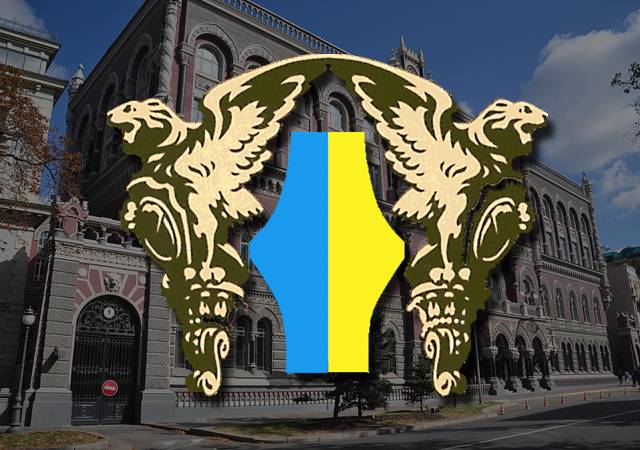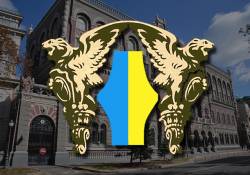Join Our Telegram channel to stay up to date on breaking news coverage
Ukraine has continued in its efforts to position the country as a hub for emerging technologies, and the administration seems to have zeroed in on its first concept to attract cryptocurrencies.
According to a recent document, the country’s Ministry and Committee of Digital Transformation have finally adopted a set of regulatory policies for cryptocurrency mining, thus joining an elite set of countries with clear-cut rules governing how the activity can be carried out.
Leaving the Mining Space to Self-Regulate
The regulators expressed their belief that Bitcoin’s protocol and consensus rules are sufficient to ensure the regulation of on-chain activities, since the network’s protocol, node operators, and consensus of users all band together to enforce the rules. Mostly, the document revealed that government oversight or intervention isn’t always required in this regard.
The Ukrainian authorities also recognized the presence of open-source protocols that help the bitcoin network to self-regulate, as well as open network access that ensures easy asset movement and privacy. Social consensus, the Proof-of-Work (PoW) system, cryptography, and decentralization were also recognized as playing significant roles in governing the network and its activities as well.
Making an Enabling Environment for the Crypto Space
In the absence of any oversight functions for them, the authorities have explained that they will focus on developing enabling policies in areas such as digitization, digital innovation, and the development of an information-driven society. As far as we can see, it would seem that they’ve already gotten a head start on that as well.
In December 2019, the government of the former Soviet nation officially approved a draft of money laundering laws that governed how virtual assets and digital asset custodians would operate, according to guidelines previously put forth by the Financial Action Task Force (FATF).
The law, which was published by the Rada (Ukraine’s legislative body), considers digital assets to be sufficient stores of wealth, although it also recognized their usage in aiding financial crimes, terrorist activities, and fraudulent transactions. To curb these activities, authorities explained that for all cryptocurrency transactions worth less than 30,000 hryvnias ($1,300 at the time), the government would be collecting the public keys of the sender to ensure effective financial oversight.
However, any transaction that exceeds that amount will require government verification of both the sender and receiver. This verification process will include identity confirmation, as well as an audit of the nature of the relationship between both parties.
As for digital asset custodians and service providers, the threshold will stay at the 40,000 Hryvnia (about $1,600 at the time) level. Service providers will also need to provide authorities with adequate information when traders are registered in a jurisdiction that doesn’t have any anti-money laundering (AML) compliance policies, when traders are family members, and when foreign traders make transactions.
Join Our Telegram channel to stay up to date on breaking news coverage


